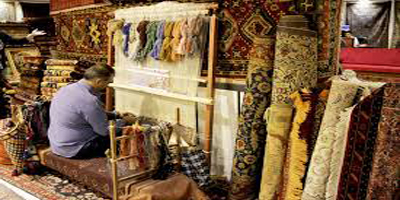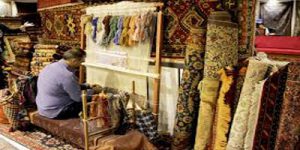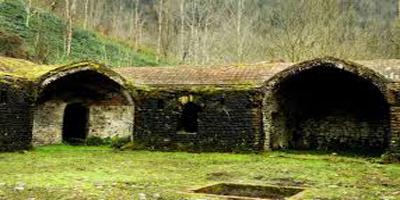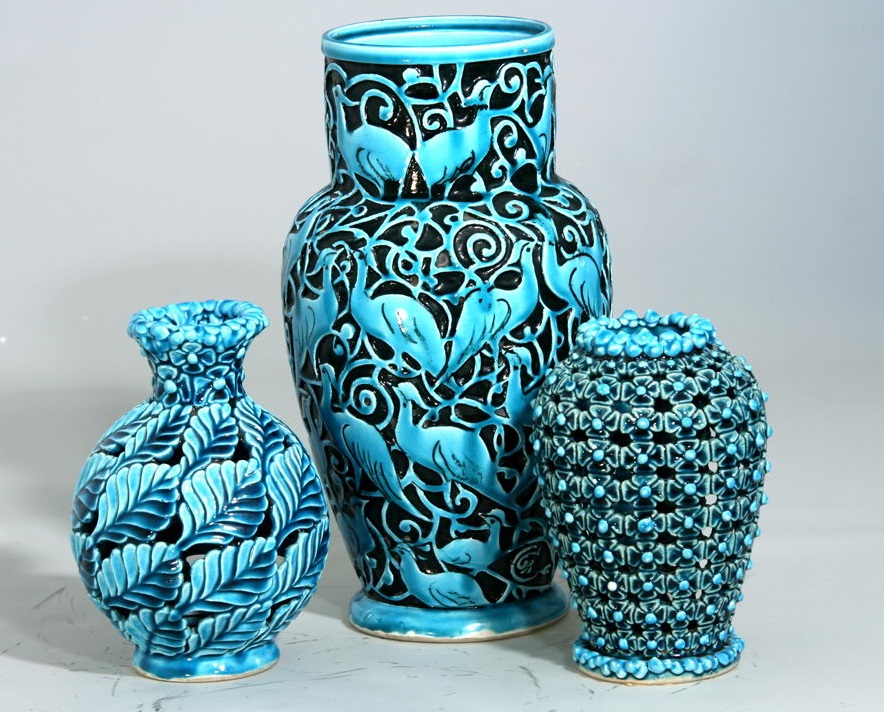Isfahan Province: Cradle of Persian Carpets


In the middle of Iran with the Zagros mountains to the left and the desert to the right, lies the city of Isfahan; Today, it is an important industrial city with a population of 1.2 million inhabitants.
For many people Isfahan probably is the main attraction in Iran. Architecturally, the city is a masterwork and one of the finest in the islamic world. The great Imam square with two mosques together with the palaces, the parks and the old bridges creates a mood that lets the visitor feel that this really is the Orient.
Isfahan was the capital of the country during the Safavids dynasty (1502-1736). The powerful Shah Abbas (1587-1629) was a great believer of architecture, art and handicrafts. During his time the Emam square were built, looking like a large caravan. In its southern end rises the enormous Emam mosque. It is thought by lots of people to be the finest mosque in the country. On one of the long sides lies the Lotfollah mosque and opposite the Ali Qapo palace. The whole square is surrounded by shops for miniatures, gold, sweets and textiles together with a lot of tea houses. The great bazaar stretches from the northern part of the square a total of 5 kilometres, towards the older parts of the city and the Jame mosque from the 11th century. It is easy for a visitor to realize the meaning in a Persian saying from the 16th century: “Isfahan nesf-e jahan – Isfahan is half the world.”
In the city and in its surroundings a large number of workshops can be found. Many of them have a world reputation such as Seirafian, Davari, Enteshar and Haghighi. The patterns are often inspired by the mosques tile works, or the gardens of the cities and palaces. Carpets from Isfahan have high class when it comes to the composition of the patterns, materials and designs. They are characterized by thin, often carpets with extremly high knot density ((Shah Abbas pattern), but figural motifs also occur.
Along the large shopping streets the carpet stores are very close together, and in the hotels exhibitions are put up to attract buyers. There are also larger carpet bazaar in the surrounding countryside, selling the Yalameh and Bakhtiar carpets for example. These carpets are also sold under the name Esfahan.
To check the quality of an Isfahan carpet one can take a look on the backside of the carpet on the fringes. The number of differently coloured threads of warp can be seen in even intervals (see the picture). These are called “kheft” and are a quality mark in the handmade Isfahan carpet.
If you count the threads on 1 metre in the carpet, they vary between the number of 7 to 16 and the higher number of threads, the finer and higher knot density it has.
Nain
Nain carpets often have a higher knot density than one million knots per square metre.
Nain carpets often have a higher knot density than one million knots per square metre.
Close to the western edge of the great desert Dasht-e-Kavir, 200 kilometres east of Isfahan is the picturesque city of Nain. In the city one can see the characteristic clay buildings and one of the oldest mosques in Iran with remains from the 10th century.
Carpets from the city have a high reputation and are very popular. Material as well as the workmanship is of highest class and the knot density is high; often more than one million knots per square meter. The material in the more exclusive carpets consists of wool on a silk warp or silk in the warp as well as in the weft and pile.
Patterns with a medallion in the middle together with arabesques and floral motifs are common. The similarity to carpets from the nearby city of Isfahan is remarkable. One of the rarer type of Nain carpets on the market is the “Nain Tuteshk” and with an incredibly refined craftsmanship, they are much sought after. It sometimes occurs that carpets of slightly lower quality, with similar patterns and colours, are sold as Nain carpets.
In connection with Nain carpets some denominations occur; 4La, 6La and 9La, where “La” in farsi means layer. This denomination is used to decide the quality of a Nain carpet and it refers to the number of layer of threads that have been used in every warp-thread at the manufacturing of the carpet. The lower the number the finer and higher density the knots the carpet has. It is possible to check how many layers have been used in a carpet by counting the number of threads in one of the fringes of the carpet – if you can see 3 pairs of thread (see pictures below) then it is a Nain 6La carpet.
Kashan
Kashan carpet, handmade in the city of Kashan and its surroundings in central Iran. Superior carpets were manufactured here already during the Safavid dynasty (1502-1736).
Kashan carpet, handmade in the city of Kashan and its surroundings in central Iran. Superior carpets were manufactured here already during the Safavid dynasty (1502-1736).
Right between Isfahan and Teheran, close to the edge of the great desert Dasht-e-Kavir, lies the city of Kashan with 120 000 inhabitants. The city has been famous for a long time for its textiles and its pottery. The Fine Garden, many tradesmen buildings from the 19th century and the bazaar could be of interest to visitors. The city was important as a trading place and as a resting place along the Silk Road, but has been in the shadow of Isfahan for some time now.
The famous Ardebil carpet, which can be seen at Victoria and Albert museum in London is considered to made in Kashan in the 16th century. Also the carpets of today, which are sometimes sold under the name Kashan, have a good reputation.
The carpets are handmade in the city of Kashan and its surroundings. Superior carpets were manufactured here during the Safavid dynasty (1502-1736). After a period of decline high quality carpets were being manufactured again at the end of the 19th century. The carpets are manufactured with high knot density with Persian knot, warp and weft of cotton and the wool for the pile is of high quality. The patterns consists of beautifully designed medallions, niches, trees and figural motifs and all-over floral motifs occur also. Dominating colours are blue, red and beige.
The quality of these carpets vary a lot, some of them are not even manufactured in Kashan, but are still sold under this name.





